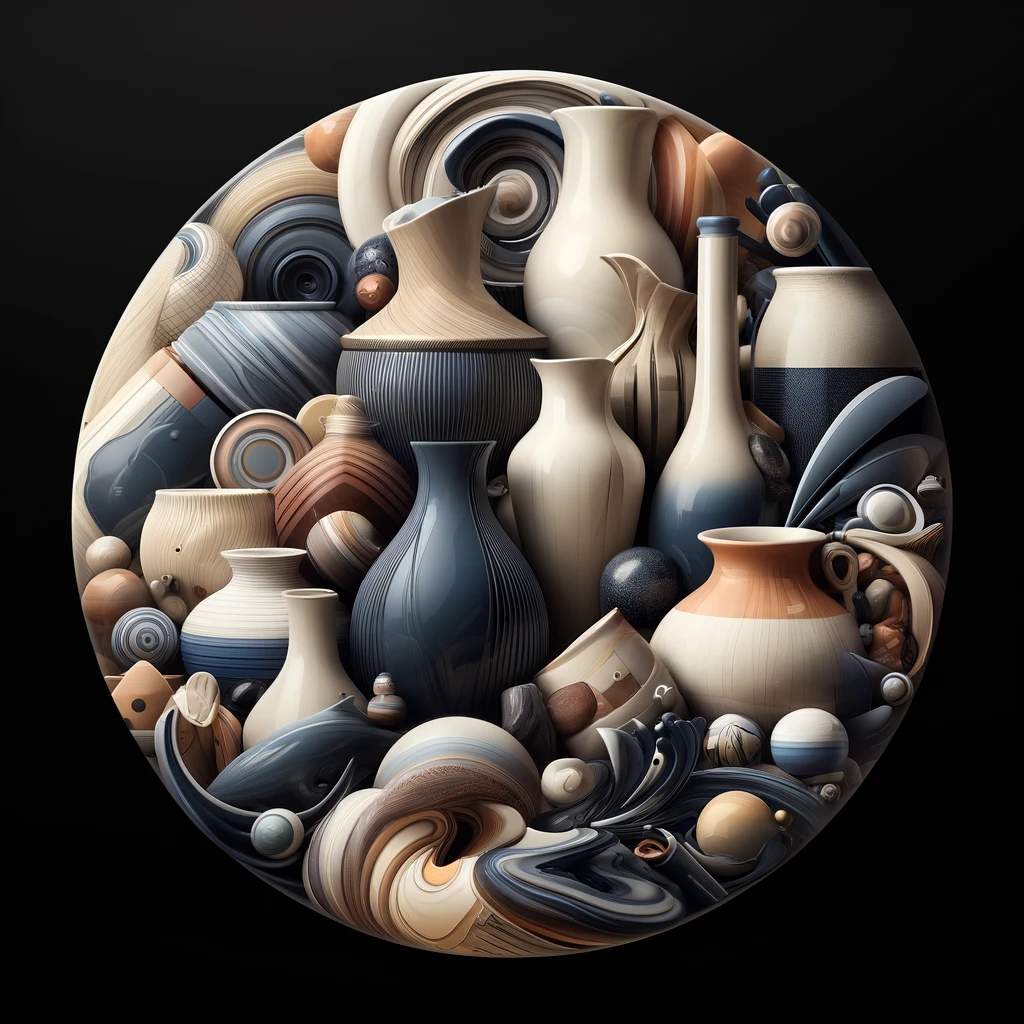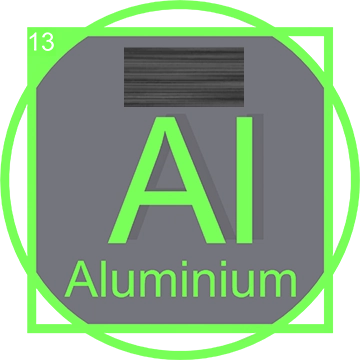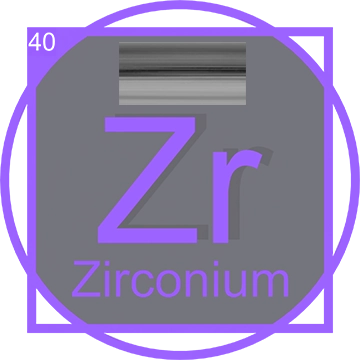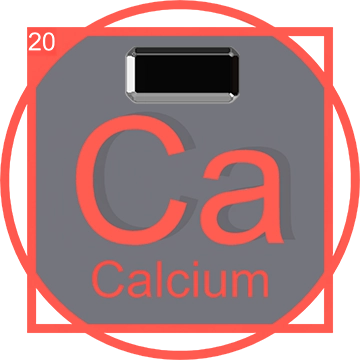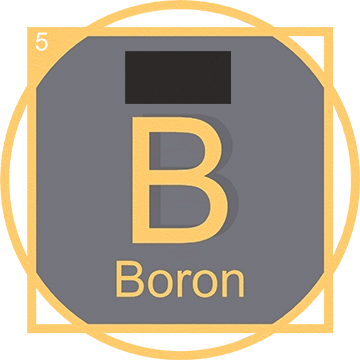Ceramics and Their Relation to the Periodic Table
Types of Ceramics and Their Applications
Learn about traditional ceramics like earthenware, stoneware, and porcelain, and advanced ceramics like oxides, carbides, and nitrides. Applications range from daily items like dishes and tiles to specialized applications such as electrical insulators and biomedical implants.
Key Ceramic Elements in the Periodic Table
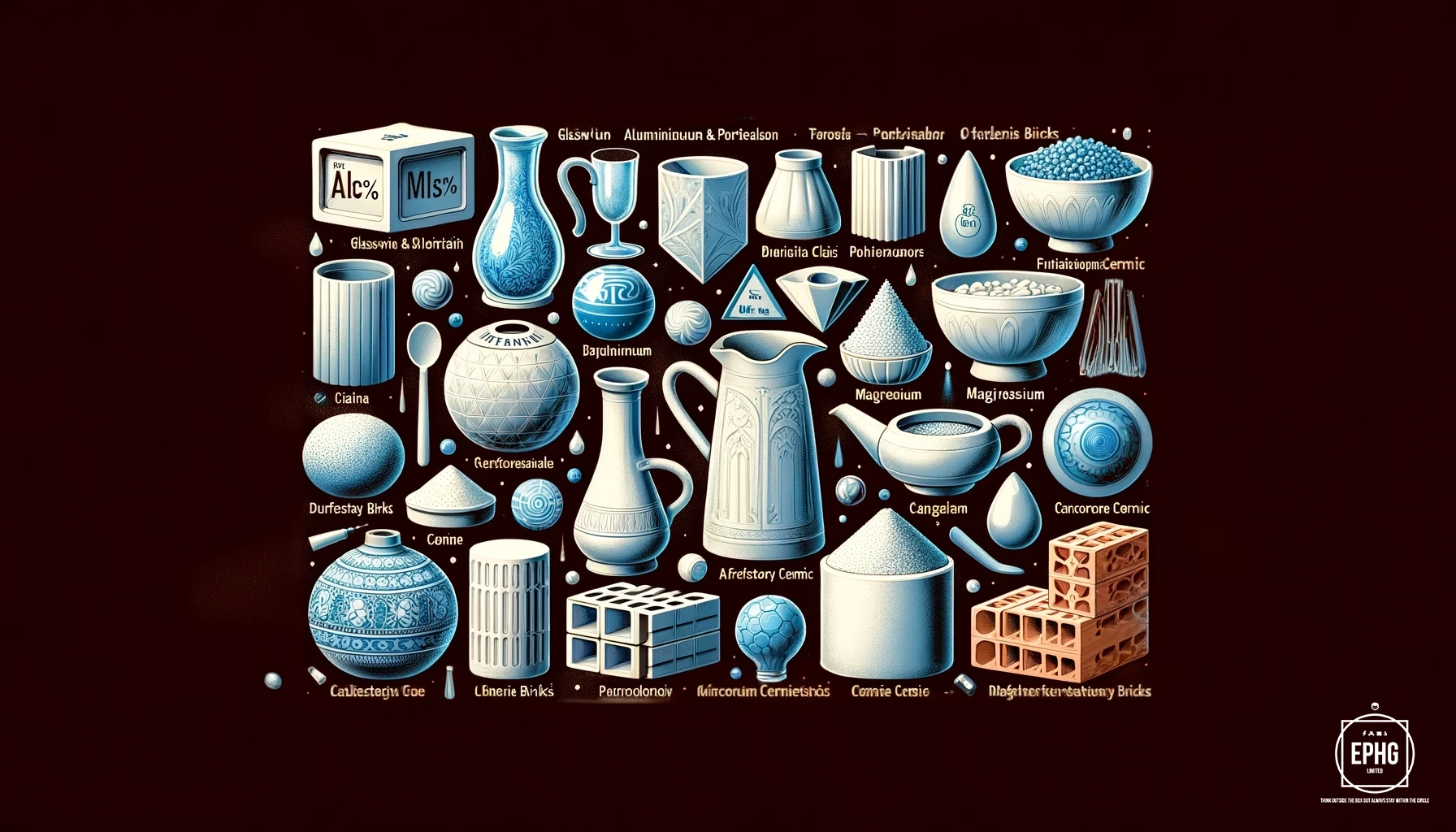
- Silicon (Si): Integral in the production of glass and porcelain, silicon is a vital component found in clays and sands.
- Aluminum (Al): Used in alumina ceramics for heat resistance.
- Zirconium (Zr): Offers high toughness and thermal stability in zirconia ceramics.
- Magnesium (Mg): Contributes to magnesia ceramics used in refractory applications.
- Calcium (Ca): Important for cement and limestone, crucial for construction ceramics.
Ceramic Structure-Property Relationships

The properties of ceramics are influenced by chemical bonds and crystalline structures. Ionic and covalent bonds confer characteristics like hardness and brittleness, crucial for various applications. Additionally, crystalline structures affect thermal and mechanical properties, essential for maintaining stability under stress.
The interaction between bonding and structure affects other properties, such as electrical insulation and wear resistance. These relationships are vital for developing advanced ceramics for applications in electronics, aerospace, and biomedical fields.
Ceramic Processing Techniques
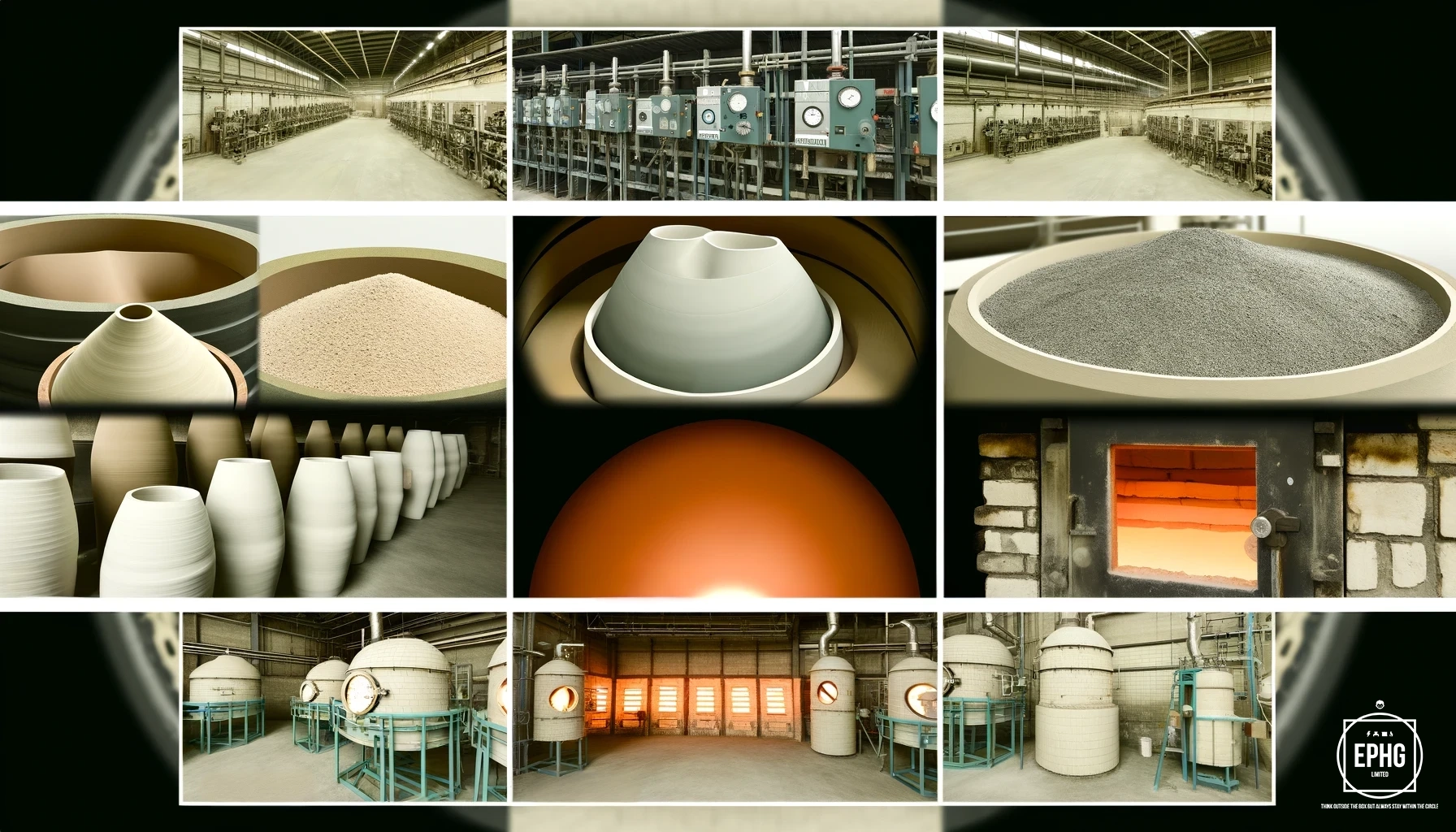
Processes such as sintering and firing are essential to achieve the desired ceramic properties. Temperature control is crucial in these techniques.
This detailed image provides an insightful look into the ceramic sintering and firing process within an industrial setting. It vividly illustrates the key stages including the preparation of ceramic powders, forming, densification, bisque firing, and glaze firing. Key elements such as kilns, temperature gauges, and the handling of materials at various temperatures are prominently displayed, emphasizing the critical role of temperature and atmosphere control in achieving the desired properties of ceramics.
Sustainability and Innovation in Ceramics
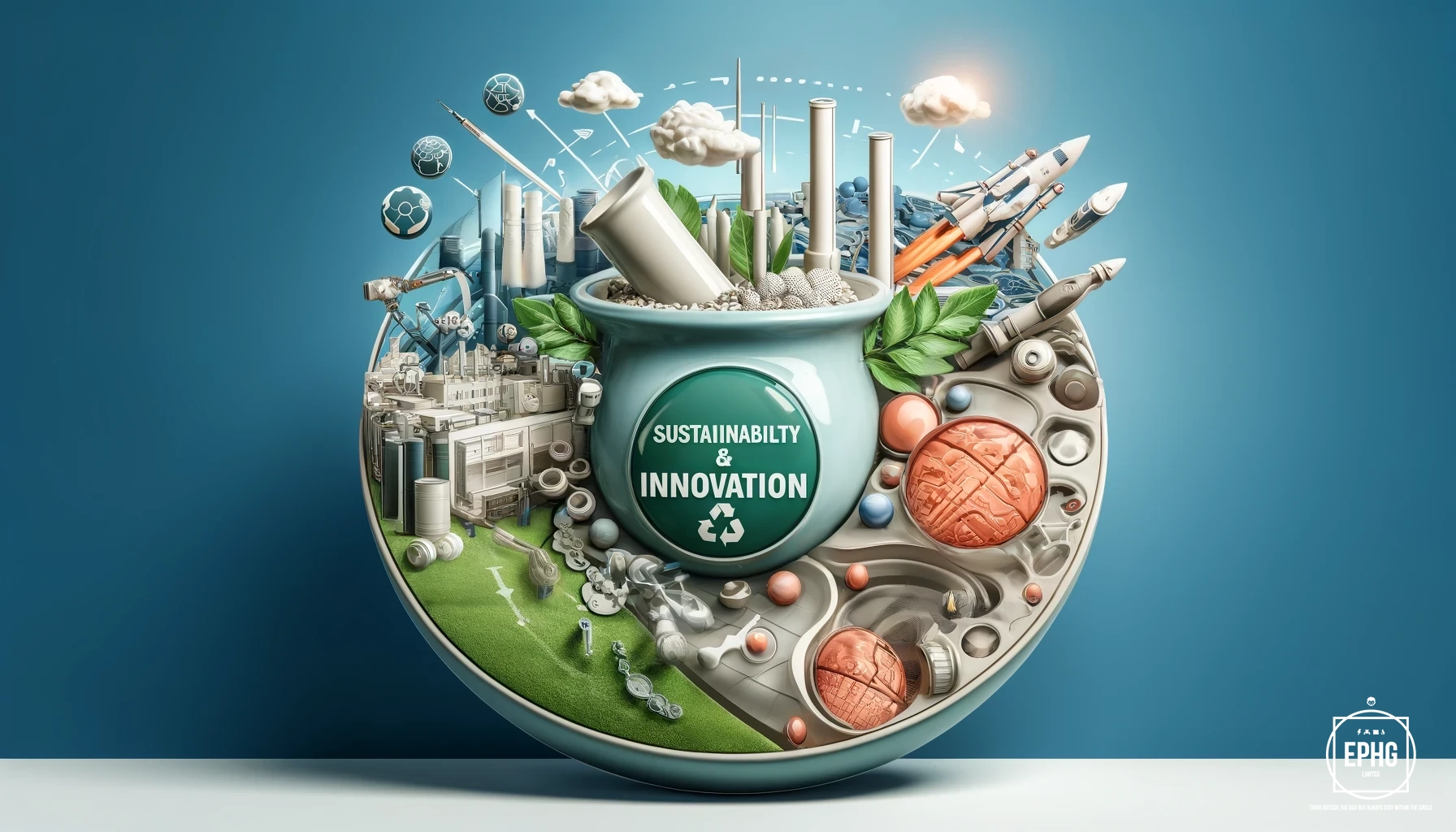
Ceramic materials offer sustainability through recycling and reusability. Innovations include bioceramics for medical use and high-performance ceramics for aerospace and other specialized fields.
This educational image vividly showcases the sustainability and innovation in the field of ceramics. It highlights sustainable practices such as recycling and reusability of ceramic materials, and introduces cutting-edge applications like bioceramics in medical settings and high-performance ceramics in aerospace engineering. The image includes representations of recycled ceramic products, bioceramic implants, and aerospace components, making it a comprehensive visual guide to the advancements and environmental considerations in modern ceramic technology.
Periodic Table Trends in Ceramics
Contrast the role of metallic elements from the periodic table like aluminum with non-metallic elements like silicon in ceramics, and understand how they affect the properties and uses of ceramic materials.
Historical Development of Ceramics
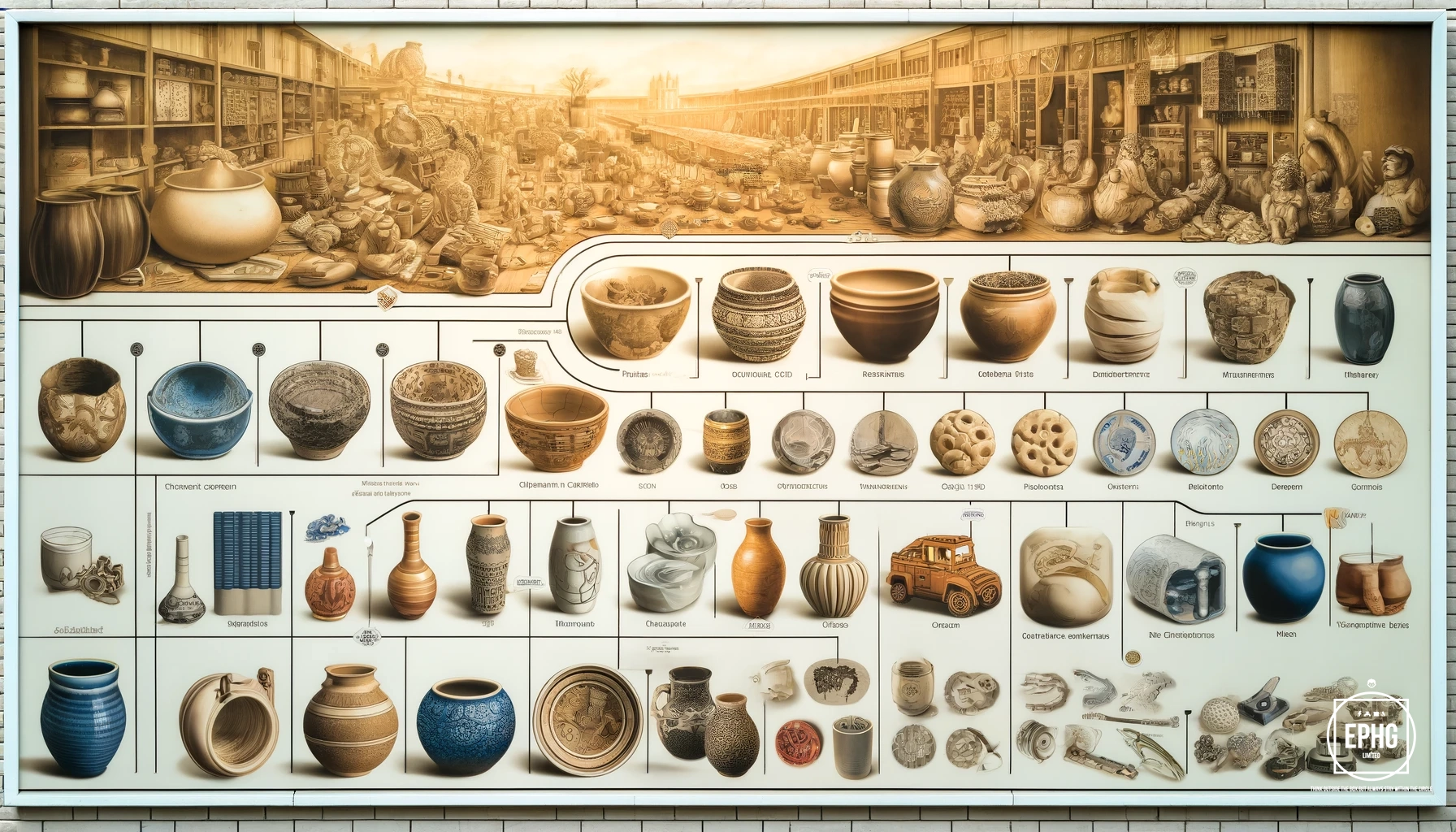
Trace the historical evolution of ceramics, from ancient pottery to the modern technical ceramics of today.
This wide educational image vividly illustrates the historical development of ceramics, tracing its evolution from ancient pottery to modern technical ceramics. The timeline includes key artifacts like clay pots and urns from early civilizations, medieval glazed pottery, exquisite Chinese porcelain, and contemporary advanced ceramic components used in high-tech applications. Each period is represented with distinct visual elements, providing a clear and informative overview of the major advancements in ceramic technology over the centuries.
The Future of Ceramics in Space Exploration
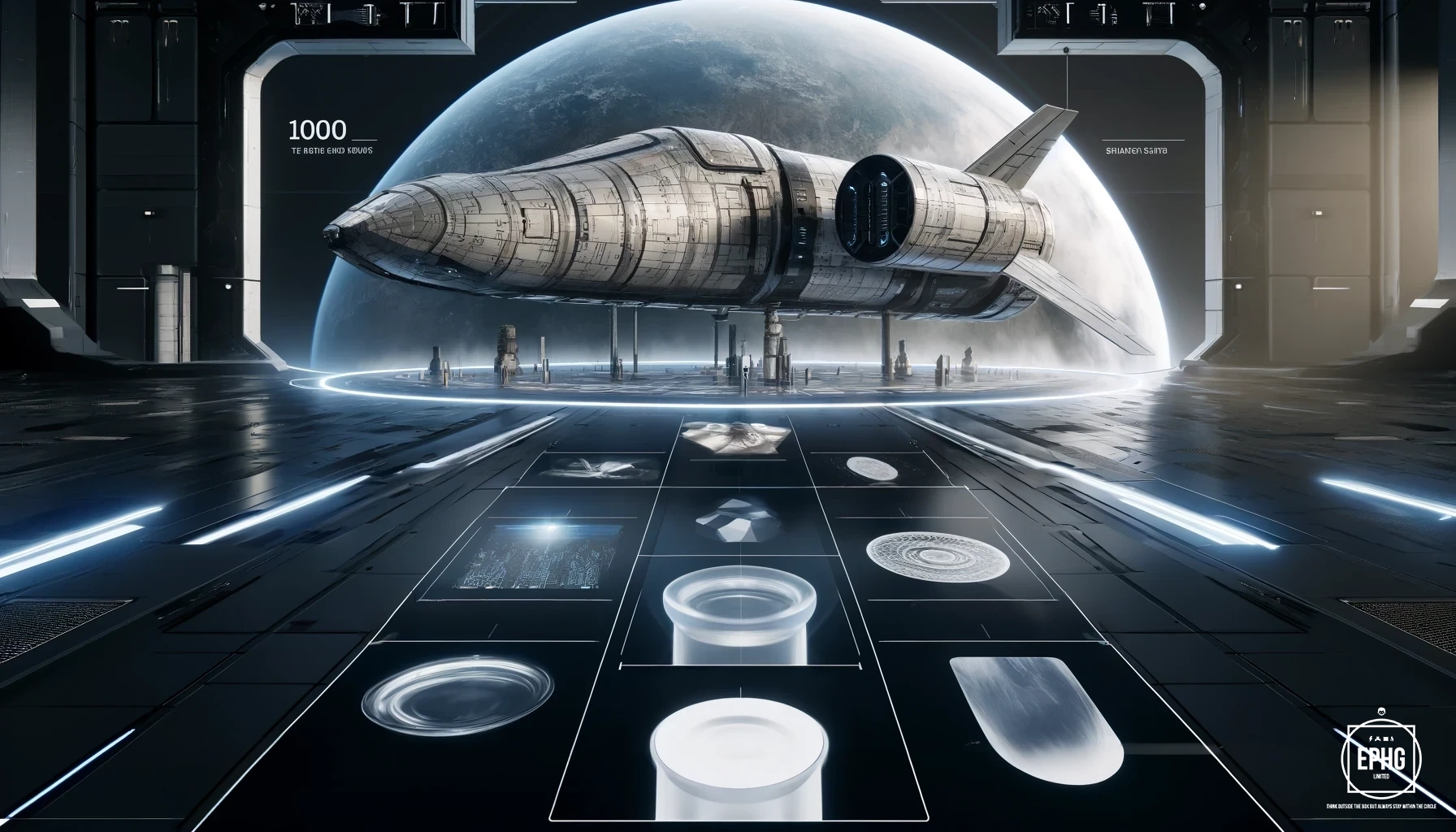
In the future, ceramics, enhanced by other elements from the periodic table, are poised to revolutionize space exploration. Imagine spaceships constructed with advanced ceramic materials, leveraging elements like titanium for its strength and lightweight properties, and silicon carbide for its thermal resistance. These ceramics could offer superior protection against extreme temperatures and radiation, enabling safer, more efficient space travel. Additionally, the integration of transparent aluminum ceramics could replace traditional viewing windows with materials that are both clearer and more damage resistant. This progression in ceramic technology opens new possibilities for designing spacecraft that are both durable and optimized for long-duration missions in the harsh environment of space.
This wide futuristic image captures a vision of space exploration 100 years from now, featuring a spaceship constructed with advanced ceramics. The design incorporates materials such as titanium and silicon carbide, renowned for their strength and thermal resistance. Notably, the spaceship features viewing windows made of transparent aluminum ceramics, offering clarity and resistance to damage. This depiction highlights a sleek, advanced spacecraft, optimized for long-duration missions in the harsh environment of space, reflecting the pinnacle of future ceramic technology.
